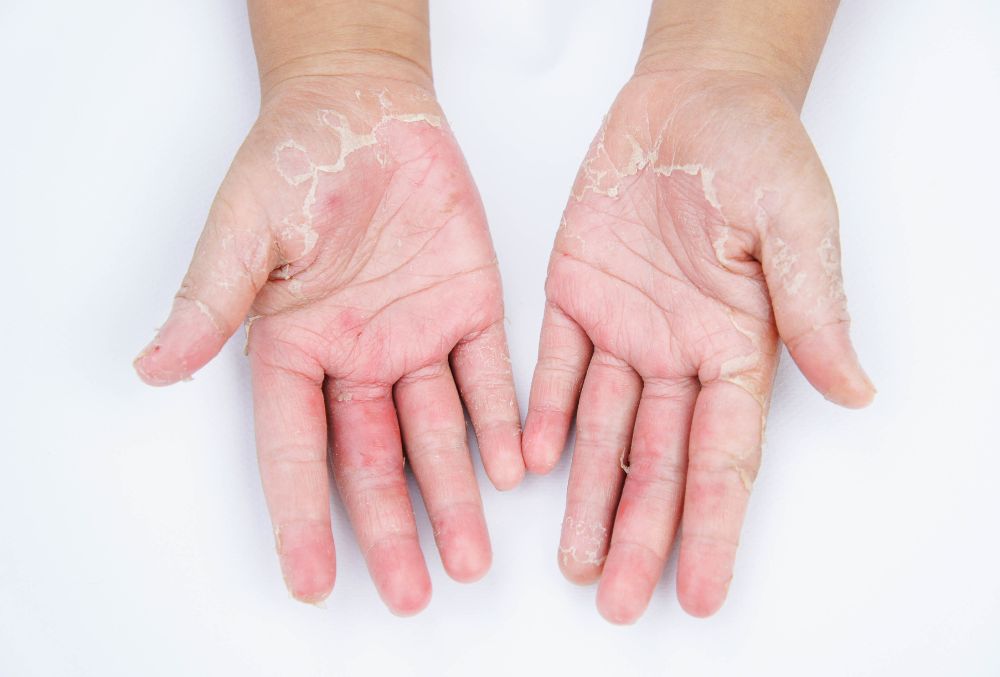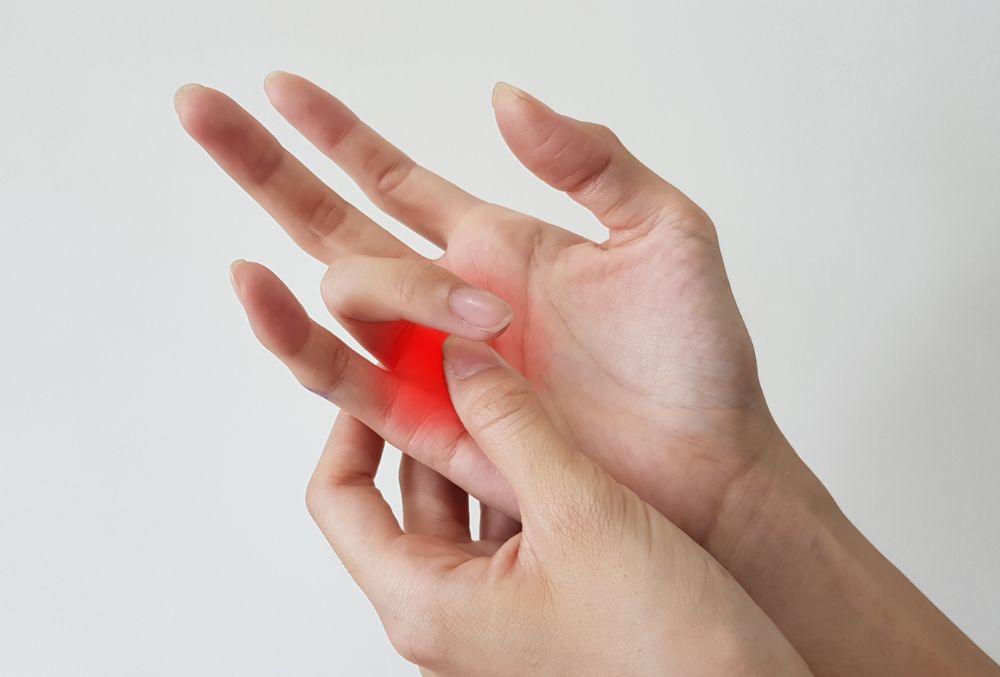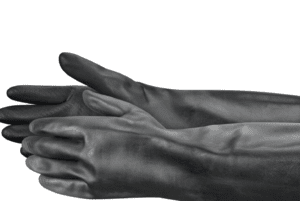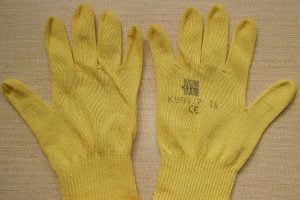Table of Contents
Millions of people worldwide suffer from arthritis, a prevalent condition that frequently causes joint pain, stiffness, and inflammation. Among the various treatments available, compression gloves have gained popularity as a potential solution for managing arthritis symptoms. In this article, we delve into the effectiveness of compression gloves in providing relief to individuals grappling with arthritis.
Understanding Arthritis:
Arthritis is a general term for a wide range of illnesses characterized by inflammation of the joints, which frequently results in pain, swelling, and decreased movement. Rheumatoid arthritis and osteoarthritis are two of the most common types of arthritis among many others. However, arthritis is not a one-size-fits-all condition, and it manifests in various ways, affecting people of all ages and backgrounds. Expanding our understanding of the different forms of arthritis is crucial for tailoring effective management strategies.
Osteoarthritis (OA): The most common type of arthritis, OA is characterized by the gradual wear and tear of joint cartilage. It often affects weight-bearing joints such as the knees, hips, and spine, leading to pain and stiffness. OA typically develops with age or as a result of joint injuries.
Rheumatoid Arthritis (RA): An autoimmune disorder, RA occurs when the immune system mistakenly attacks the synovium—the lining of the membranes surrounding the joints. This leads to inflammation, pain, and potential joint damage. RA can affect multiple joints simultaneously and may also involve other organs.
Psoriatic Arthritis: Linked to the skin condition psoriasis, psoriatic arthritis affects some individuals with psoriasis. It can cause joint pain, swelling, and stiffness, often affecting the joints of the fingers and toes. Psoriatic arthritis may also involve the spine.
Ankylosing Spondylitis: Primarily affecting the spine, ankylosing spondylitis leads to inflammation of the vertebrae. Over time, the inflammation can result in fusion of the spine, causing stiffness and limited mobility. It may also affect other joints and organs.
Gout: Caused by the accumulation of urate crystals in the joints, gout is characterized by sudden and severe pain, swelling, and redness—often affecting the big toe. It is associated with lifestyle factors such as diet and excessive alcohol consumption.
Juvenile Idiopathic Arthritis (JIA): Affecting children under the age of 16, JIA comprises various forms of chronic arthritis. It can impact one or multiple joints, leading to symptoms such as pain, swelling, and limited mobility.
To effectively treat arthritis, a comprehensive plan that is tailored to the specific kind and severity of the ailment is required. A range of therapies, including prescription drugs, physical therapy, and lifestyle changes, may be included in this comprehensive approach. To relieve symptoms and enhance joint function, surgical procedures might potentially be taken into consideration in some circumstances. There are also apecialized gloves or compression gloves for arthritis that became a non-invasive and supportive choice as part of this comprehensive treatment. These gloves, which are intended to apply light pressure to the palms and wrists, help control symptoms by lowering inflammation, improving blood flow, and stabilizing joints.
The various ways that arthritis might present itself highlight how important it is to customize care to meet the needs of each patient, providing a unique and all-encompassing approach for people facing the difficulties of this complex group of illnesses.
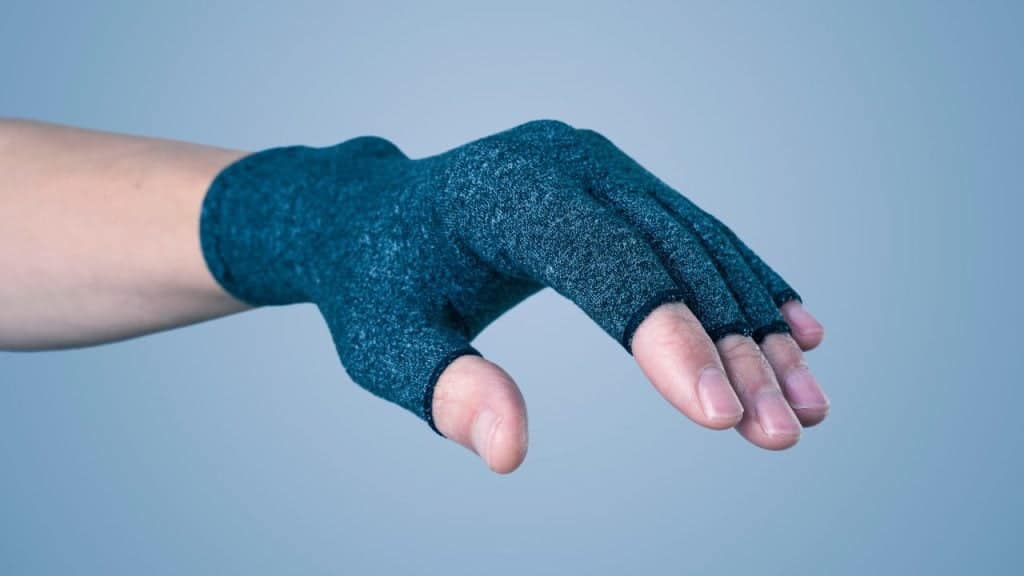
What are Compression Gloves?
Specialized gloves called compression gloves are made to apply light pressure to the hands and wrists. Crafted from breathable and elastic materials, these gloves aim to address arthritis symptoms by reducing swelling, promoting blood circulation, and offering a sense of support to the affected joints. The unique design and functionality of compression gloves make them an attractive option for individuals seeking non-invasive ways to manage arthritis-related discomfort.
Why Wear Compression Gloves for Arthritis?
The decision to wear compression gloves for arthritis is often rooted in the desire to manage symptoms effectively without resorting to invasive measures. These gloves offer a non-pharmacological and non-surgical option for addressing pain, swelling, and stiffness associated with arthritis. Individuals experiencing specific signs and symptoms may find compression gloves particularly beneficial.
Common indications for considering compression gloves include:
Swelling: Persistent swelling in the hands or fingers can be a sign that compression gloves may be needed to provide relief. The gentle pressure exerted by the gloves aims to reduce swelling, promoting better joint comfort.
Stiffness: If arthritis-related stiffness in the hands limits your range of motion or makes daily activities challenging, compression gloves can offer support. The warmth generated by the gloves may help alleviate stiffness and enhance flexibility.
Pain: Chronic pain in the hands or wrists is a key factor prompting many individuals to explore compression gloves. The compression not only addresses pain directly but may also contribute to a sense of joint stability, easing discomfort.
Reduced Hand Function: Individuals experiencing a decline in hand function due to arthritis may find that compression gloves enhance their ability to perform everyday tasks. The supportive nature of the gloves can contribute to improved overall hand function.
Integrating compression gloves into arthritis management can offer valuable support. It is essential to approach their use thoughtfully. To maximize their benefits, it is also crucial to seek guidance from healthcare professionals or rheumatologists. Consulting with a medical expert ensures an accurate diagnosis and personalized advice, taking into account the individual’s unique needs and the specific nature of their arthritis symptoms. By collaborating with a healthcare professional, individuals can receive tailored recommendations, including insights into when and how to incorporate compression gloves into a comprehensive arthritis management plan. This collaborative approach enhances the efficacy of compression gloves as part of a well-rounded strategy for alleviating arthritis-related discomfort.
Choosing the Right Compression Gloves for Effective Arthritis Management
Making the right choice of compression gloves is essential to maximizing their efficacy in managing arthritis. There are many options available on the market, and knowing what matters can help people make judgments that are well-suited to their requirements and tastes.
Compression Level: Compression gloves are available at several pressure levels, which are commonly expressed in millimeters of mercury (mmHg). For arthritis sufferers, mild to moderate compression levels are frequently advised since they offer the required support without being uncomfortable. Depending on how severe your arthritis symptoms are, speaking with a healthcare provider might help you decide the appropriate compression level.
Material and Breathability: Take into account the compression gloves’ material since it might affect both breathability and comfort. Most gloves are composed of a combination of materials, such as cotton, nylon, or spandex. To promote comfort during prolonged wear and to avoid excessive perspiration, choose breathable fabrics.
Fit and Size: The efficiency of compression gloves depends on a suitable fit. They ought to be just right—tight enough to allow for adequate compression without obstructing blood flow. Sizing charts are offered by many brands which can be viewed online.
Finger Coverage: Full-finger and fingerless compression gloves are available in a variety of styles. Which of them is best for you will depend on your particular arthritis-affected areas as well as personal taste. Full-finger gloves provide comprehensive coverage, while fingerless gloves allow for greater dexterity.
Design Elements: Take into account any extra elements that could improve the gloves’ effectiveness. Certain gloves have open fingers, which is useful for performing precise activities. Others might have extra wrist support or be treated with healing substances like magnets or copper, which some people think will have further advantages.
Brand Reputation and customer evaluations: Learning about trustworthy brands and perusing customer evaluations can offer important insights about the efficacy and caliber of various compression gloves. Advice from medical experts or others with comparable arthritis issues may be especially beneficial.
Ease of Care: Refer to the compression gloves’ care recommendations. The majority are made to be easily maintained, but durability and reliable operation are guaranteed if you know how to clean and take care of them.
Consultation with Healthcare Professionals
Before making a final decision, it’s advisable to consult with healthcare professionals or rheumatologists. They can provide personalized recommendations based on the individual’s specific type and severity of arthritis, ensuring that the chosen compression gloves align with the overall arthritis management plan.
By carefully considering these factors, individuals can make well-informed choices when selecting compression gloves, optimizing their potential to provide effective relief and support in the management of arthritis symptoms.




